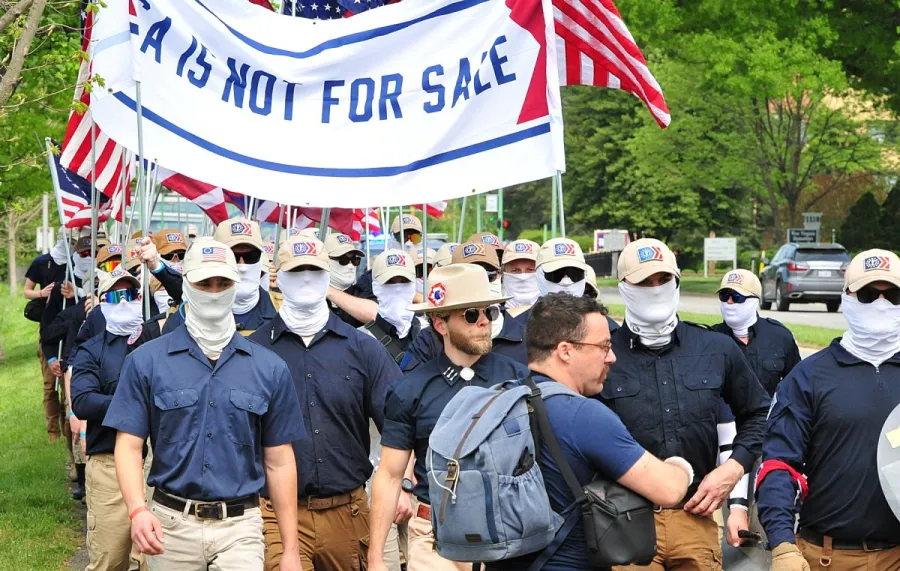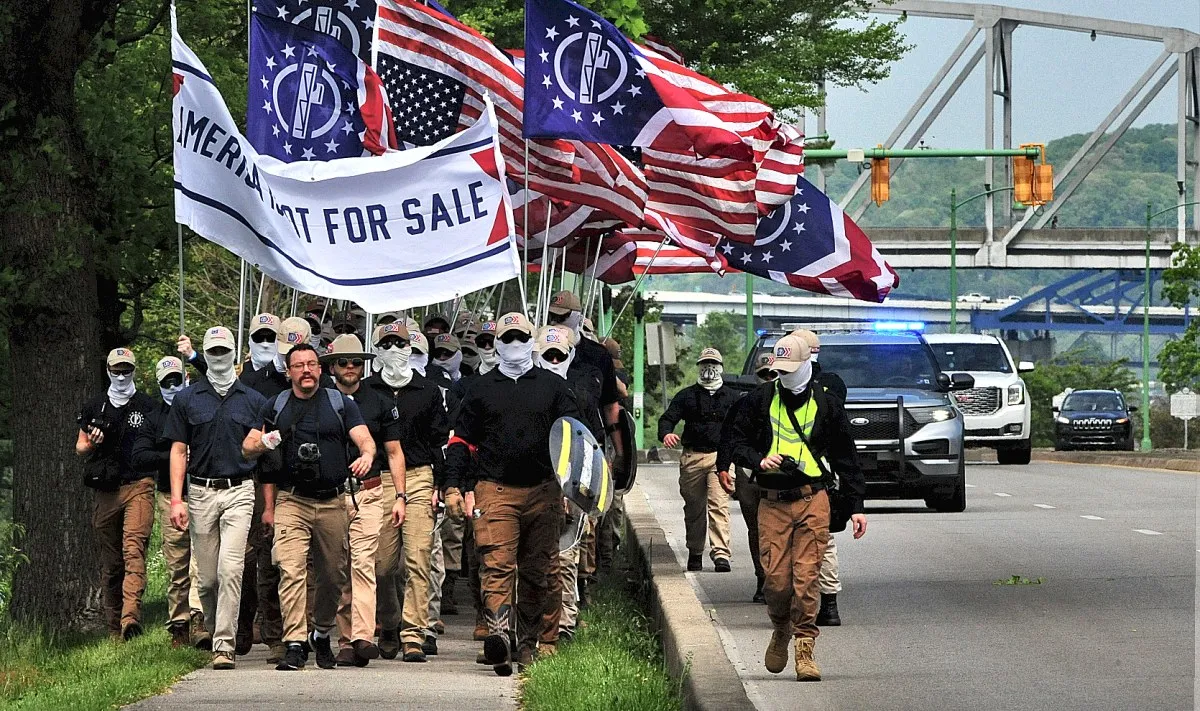
Charleston, the capital city of West Virginia, is renowned for its rich history, vibrant culture, and scenic beauty. One of the city’s most anticipated annual events is the Charleston West Virginia March, a celebration that embodies the spirit of the community and showcases the unique heritage of the region. This article delves into the history, significance, and various aspects of the Charleston West Virginia March, exploring how this event has become a cornerstone of the city’s cultural landscape.
Historical Background
The origins of the Charleston West Virginia March can be traced back to the early 20th century when the city was burgeoning with economic activity due to the coal and natural gas industries. The event was initially conceived as a way to bring the community together, celebrate local achievements, and honor the workers who contributed to the city’s growth. Over the years, the march has evolved, incorporating elements of music, art, and cultural expression, making it a multifaceted celebration that resonates with people of all ages and backgrounds.
The Significance of the March
The Charleston West Virginia March is more than just a parade; it is a symbol of unity, pride, and resilience. It serves several important purposes within the community:
1. Celebrating Heritage: The march is a celebration of West Virginia’s rich cultural heritage. It highlights the traditions, music, and art that are integral to the state’s identity, allowing residents and visitors alike to appreciate and connect with the local culture.
2. Fostering Community Spirit: By bringing together people from different walks of life, the march fosters a sense of community and belonging. It provides an opportunity for residents to come together, celebrate their shared values, and strengthen social bonds.
3. Showcasing Talent: The event features performances by local artists, musicians, and dancers, providing a platform for them to showcase their talents. This not only promotes local talent but also enriches the cultural fabric of the city.
4. Boosting Local Economy: The influx of visitors during the march stimulates the local economy. Businesses, especially those in the hospitality and retail sectors, benefit from increased patronage, making the event economically significant as well.
5. Promoting Civic Engagement: The march encourages civic participation and engagement. It provides a platform for community organizations, schools, and civic groups to participate, raising awareness about their causes and initiatives.
Key Features of the Charleston West Virginia March
The Charleston West Virginia March is characterized by a diverse array of activities and performances that reflect the city’s vibrant culture. Some of the key features of the event include:
1. Parade: The parade is the highlight of the march, featuring elaborate floats, marching bands, dance troupes, and community groups. Each float and performance is a testament to the creativity and enthusiasm of the participants, making the parade a visual and auditory spectacle.
2. Music and Dance Performances: Music and dance are integral parts of the march. Local bands, choirs, and dance groups perform throughout the event, showcasing a variety of genres and styles, from traditional Appalachian music to contemporary pop and rock.
3. Art Exhibitions: The march also features art exhibitions, where local artists display their work. These exhibitions provide a glimpse into the creative talents of the region and offer attendees the chance to purchase unique pieces of art.
4. Food and Craft Vendors: A wide range of food and craft vendors set up stalls during the march, offering everything from traditional West Virginian cuisine to handmade crafts and souvenirs. This adds a festive atmosphere to the event and provides attendees with a taste of local flavors and craftsmanship.
5. Cultural Displays: Various cultural organizations set up displays and booths, offering educational information about the history, traditions, and contributions of different communities within West Virginia. These displays help to promote cultural awareness and appreciation.
The Role of Volunteers

Volunteers play a crucial role in the success of the Charleston West Virginia March. From organizing and coordinating the event to ensuring everything runs smoothly on the day, volunteers are the backbone of the march. Their dedication and hard work exemplify the spirit of community and service that the event aims to celebrate.
1. Planning and Coordination: Months of planning and coordination go into organizing the march. Volunteers work behind the scenes to manage logistics, secure permits, coordinate with performers and vendors, and ensure that all aspects of the event are meticulously planned.
2. Day-of-Event Support: On the day of the march, volunteers are involved in a variety of tasks, including setting up booths, assisting participants, managing crowds, and providing information to attendees. Their presence and support are essential to the smooth operation of the event.
3. Community Engagement: Volunteers also play a key role in engaging with the community, promoting the event, and encouraging participation. Their efforts help to build excitement and ensure a strong turnout.
Impact on the Community
The Charleston West Virginia March has a profound impact on the community, influencing various aspects of social, cultural, and economic life in the city.
1. Social Impact: The march brings people together, fostering a sense of unity and camaraderie. It provides an opportunity for residents to interact, celebrate their shared heritage, and strengthen community bonds. The inclusive nature of the event ensures that people from all backgrounds feel welcome and valued.
2. Cultural Impact: By highlighting the rich cultural heritage of West Virginia, the march helps to preserve and promote local traditions. It provides a platform for cultural expression and creativity, ensuring that the unique cultural identity of the region is celebrated and passed on to future generations.
3. Economic Impact: The influx of visitors during the march has a positive economic impact on the city. Local businesses, particularly those in the hospitality and retail sectors, experience increased patronage, which boosts sales and revenue. The event also provides opportunities for local artisans and vendors to showcase and sell their products.
4. Educational Impact: The cultural displays and educational booths set up during the march provide valuable learning opportunities for attendees. They help to raise awareness about the history, traditions, and contributions of different communities within West Virginia, promoting cultural understanding and appreciation.
Challenges and Opportunities
While the Charleston West Virginia March is a beloved event, it is not without its challenges. Organizing such a large-scale event requires careful planning, coordination, and resources. However, these challenges also present opportunities for growth and improvement.
1. Funding and Sponsorship: Securing adequate funding and sponsorship is a perennial challenge for the organizers. While the event generates revenue through vendor fees and donations, additional funding is often needed to cover expenses. Building strong relationships with sponsors and exploring new funding opportunities are essential for the event’s sustainability.
2. Managing Logistics: Coordinating the logistics of the march, including securing permits, arranging for road closures, and managing crowds, requires meticulous planning and execution. Leveraging technology and best practices in event management can help to streamline these processes and ensure a smooth operation.
3. Engaging the Community: Ensuring strong community participation is crucial to the success of the march. Engaging with the community through outreach, promotion, and collaboration can help to build excitement and encourage participation. Social media and digital marketing can be powerful tools in this regard.
4. Enhancing Inclusivity: The march strives to be inclusive and welcoming to all. Ensuring that the event is accessible to people with disabilities, providing translation services, and creating a safe and respectful environment for all attendees are important considerations.
Future Prospects
Looking ahead, the Charleston West Virginia March has the potential to grow and evolve, continuing to serve as a cornerstone of the city’s cultural landscape. Several key initiatives and trends are likely to shape the future of the event:
1. Expanding Participation: Efforts to expand participation by reaching out to a broader audience, including neighboring communities and out-of-state visitors, can help to increase attendance and enhance the event’s impact.
2. Enhancing Digital Engagement: Leveraging digital platforms to promote the event, engage with attendees, and provide virtual experiences can help to enhance the reach and accessibility of the march. Live streaming performances and providing online resources can ensure that even those who cannot attend in person can participate in the celebration.
3. Sustainability Initiatives: Incorporating sustainability initiatives into the planning and execution of the march can help to minimize the environmental impact of the event. This includes promoting recycling, reducing waste, and encouraging the use of eco-friendly products and practices.
4. Strengthening Partnerships: Building strong partnerships with local businesses, cultural organizations, and community groups can enhance the resources and support available for the march. Collaborative efforts can help to enrich the event and ensure its continued success.
5. Preserving Tradition: While embracing innovation and growth, it is important to preserve the traditions and cultural heritage that are central to the march. Ensuring that the event continues to honor the history and values of West Virginia will help to maintain its authenticity and significance.
Conclusion
The Charleston West Virginia March is a celebration of community, culture, and creativity. It embodies the spirit of unity and pride that defines the city of Charleston and provides a platform for residents and visitors to come together, celebrate their heritage, and create lasting memories. As the event continues to evolve and grow, it remains a testament to the resilience and vibrancy of the community. Through the dedicated efforts of volunteers, organizers, and participants, the Charleston West Virginia March will continue to be a cherished tradition and a beacon of cultural expression for years to come.
